Have you ever wondered how your minimalist leather wallet was made? You likely know that it involves using some kind of skin, but what happens afterward? Compared to other kinds of wallets like a metal men’s wallet, leather wallets experience a more complex process. From choosing the type of hide to the type of finish, in this article, we’ll outline the steps to create a well-crafted leather wallet.
What are leather wallets made of?
Men’s and women’s leather wallets can be crafted from almost any type of animal including pigs and goats. A popular type of hide, however, is cowhide. Since cowhide is a by-product of the dairy industry, it would be better to turn it into goods such as leather wallets rather than throwing it away. In addition, cowhide is a durable material that can last decades.
Not all types of cowhide are good, though. How the cow was brought up can affect the yield of the hide. For instance, if a cow was contained in a barbed-wire fence, this will likely result in tiny scratches on its skin.
What processes does leather go through?
A minimalist leather wallet goes through a lot. We won’t go into detail, but we’ll outline the basics below:
#1 Fleshing
Fleshing is the process of prying off the flesh and fat of the animal from the hide. This used to be done by hand, but it is now done with a scraping roll. This is the first step in crafting leather goods like a front pocket wallet.
#2 Salting or Brining
After fleshing is salting. This is where the skin, which is free from fat and flesh, is soaked in a salt brine solution. This is a critical step as it stops the hide from decomposing, rendering it useless. Salting also eliminates dirt from the surface of the hide. At this stage, the skin can be soaked in the chemical for one to two days to get rid of the hair.
#3 Splitting
Since the hide was ‘salted’, it will swell up, causing it to be too thick to work with. Hence, it has to be split into two layers, with the top layer used as full-grain leather, and the bottom layer used as top-grain leather. Splitting the leather allows artisans to easily shape the material, turning it into all sorts of leather goods such as shoes, bags, and bi-fold wallets for men.
#4 Tanning
Once the leather is split, it is then tanned. This is another crucial stage in the wallet-making process since it’s what makes the leather last a long time. Tanning alters the natural composition of the hide so that it doesn’t decompose and that it’s as durable as possible. The hide is often re-tanned to get it fully ready before it’s turned into a bi-fold wallet for men, bag, etc.

#5 Dyeing
After tanning, the hide is air-dried. To add color, the hide is then soaked in dye – a step that can take at least eight hours. This step is what makes your brown leather wallet brown, and your black leather wallet black. Keep in mind that the dyeing process doesn’t have to involve colored dye – it can involve “transparent” dye that darkens the hide’s natural color.
#6 Finishing
Finally, the hide is finished. In this step, the leather is “worked” to make sure that its surface is sufficiently soft. Tanneries also use a finishing spray to create a shiny finish that attracts customers. At this stage, they might also add designs to the hide. Then, the hide is put inside an oven so that it can cure.
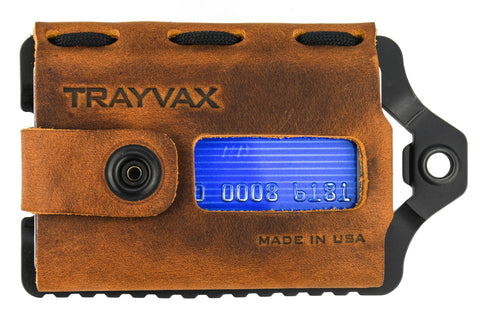
How can you tell if your wallet’s leather is well-crafted?
The best type of leather is full-grain leather because it’s resistant to wear and tear, and its natural patina is revealed over years of use. Since it isn’t sanded, it has imperfections on the surface, giving every full-grain leather wallet a unique quality. The downside to full-grain leather is that it’s expensive, which is why customers opt for top-grain leather, the type of leather we use at Trayvax.
Not sure if your minimalist leather wallet is real leather? Here’s how you can tell if it’s the real deal:
- Real leather wallets smell like leather, not fake leather. In other words, it shouldn’t smell like chemicals.
- Real leather wallets are not cheap. If you find a leather wallet that costs $10, it’s likely a fake.
- High-quality leather wallets will always use quality stitching, as well as premium hardware.
Looking for a leather wallet?
At Trayvax, if there’s one thing we’re proud of, it’s that every wallet we’ve ever made is crafted from high-quality leather. We source our leather from the best of the best tanneries in the U.S., allowing us to use the finest top-grain leather. Artisan’s hands shape the leather, creating wallets that are swoon-worthy.
Browse our wide variety of wallets and you’ll know what we’re talking about.

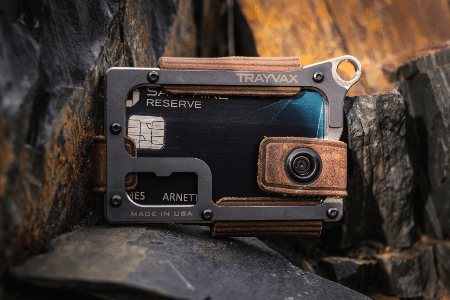
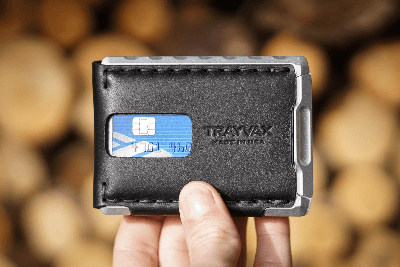
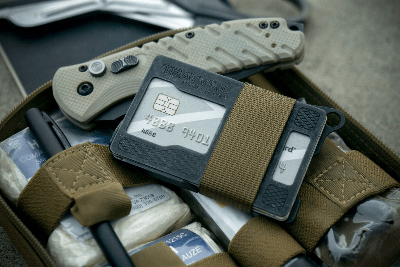
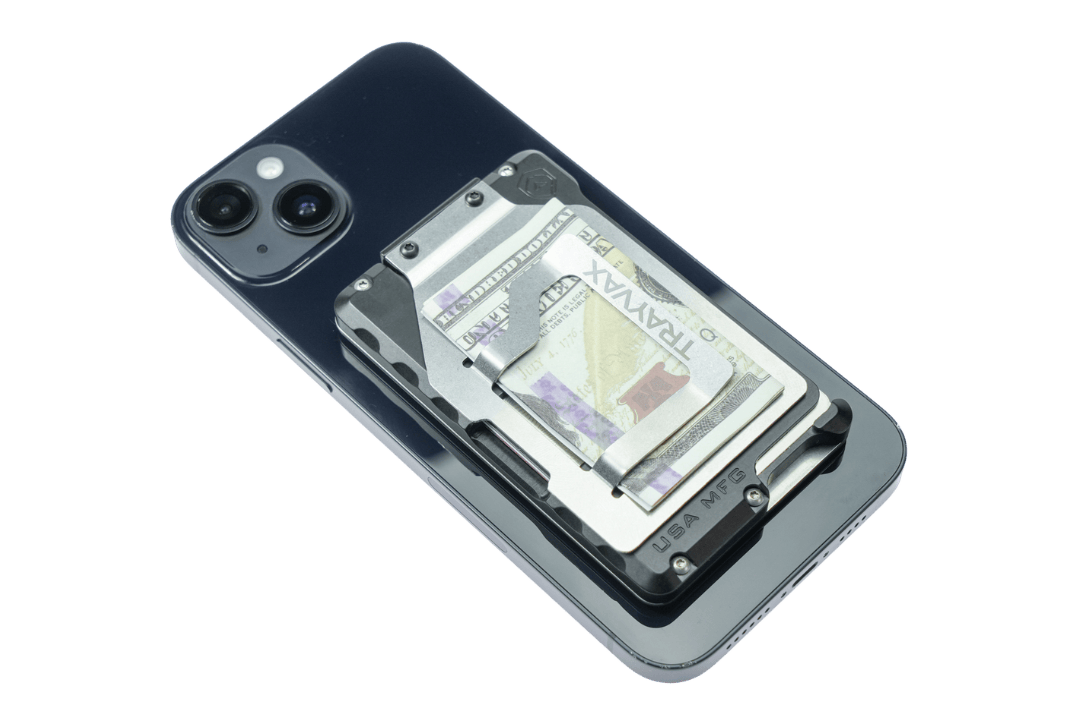



















































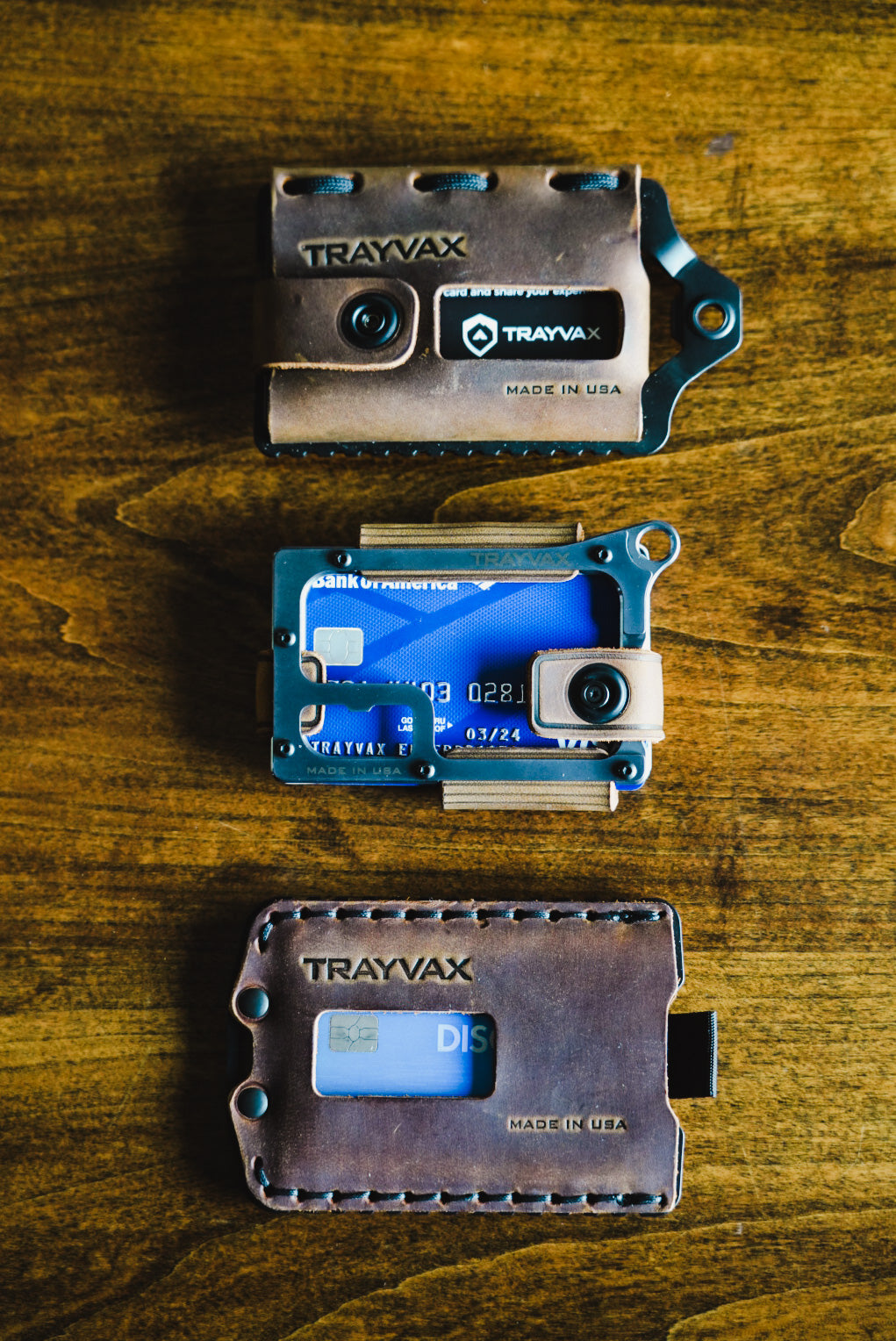
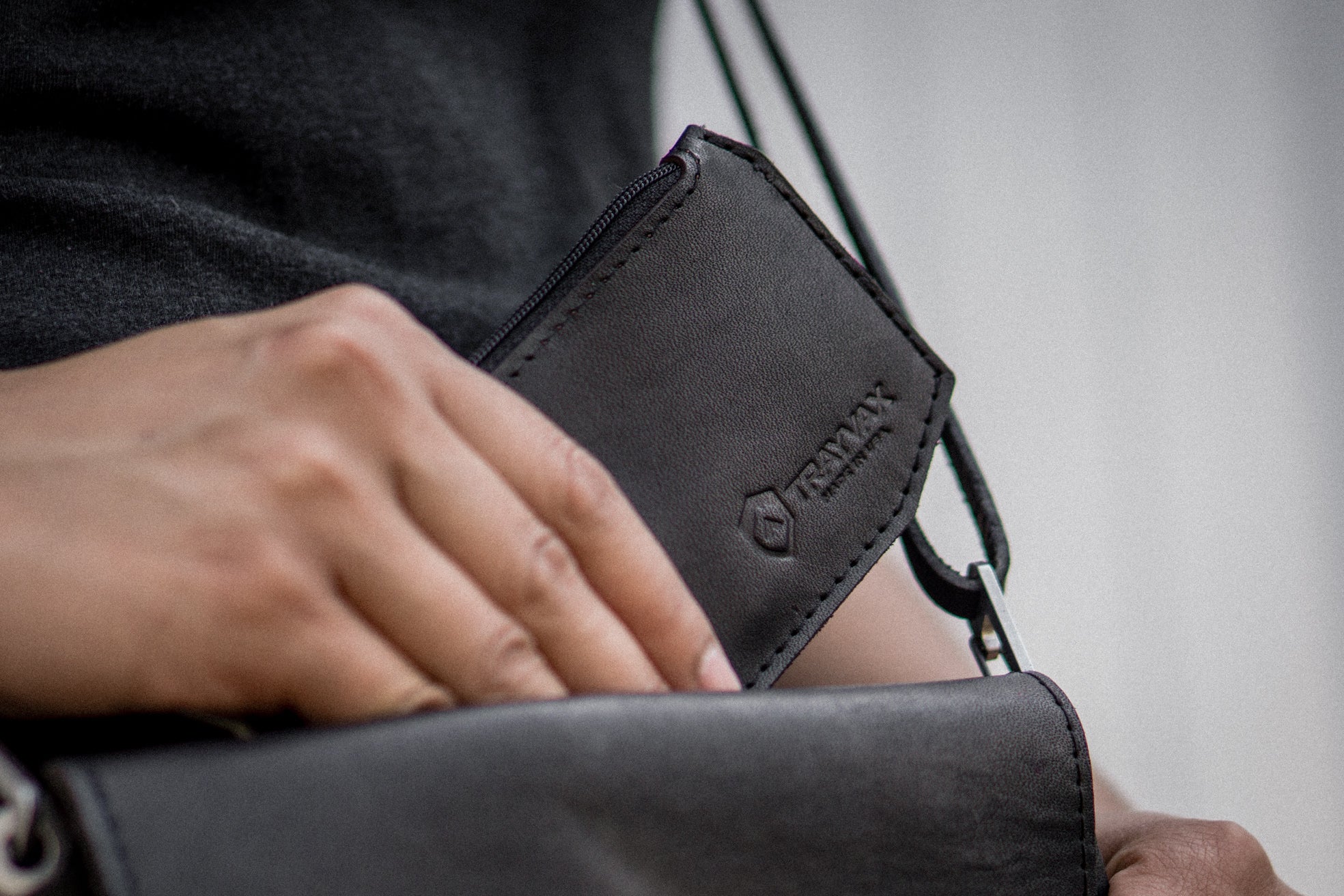
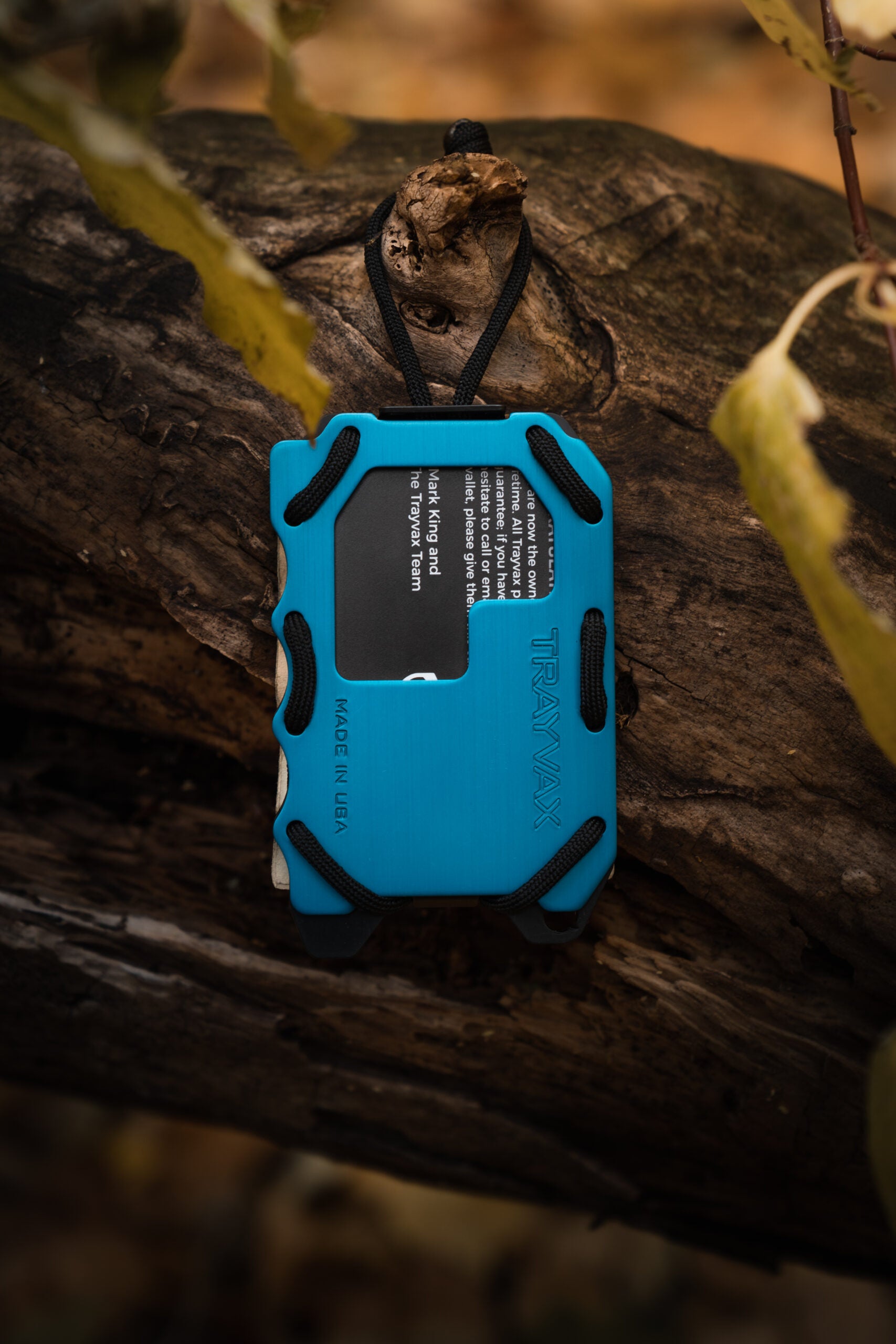
Leave a comment
All comments are moderated before being published.
This site is protected by hCaptcha and the hCaptcha Privacy Policy and Terms of Service apply.